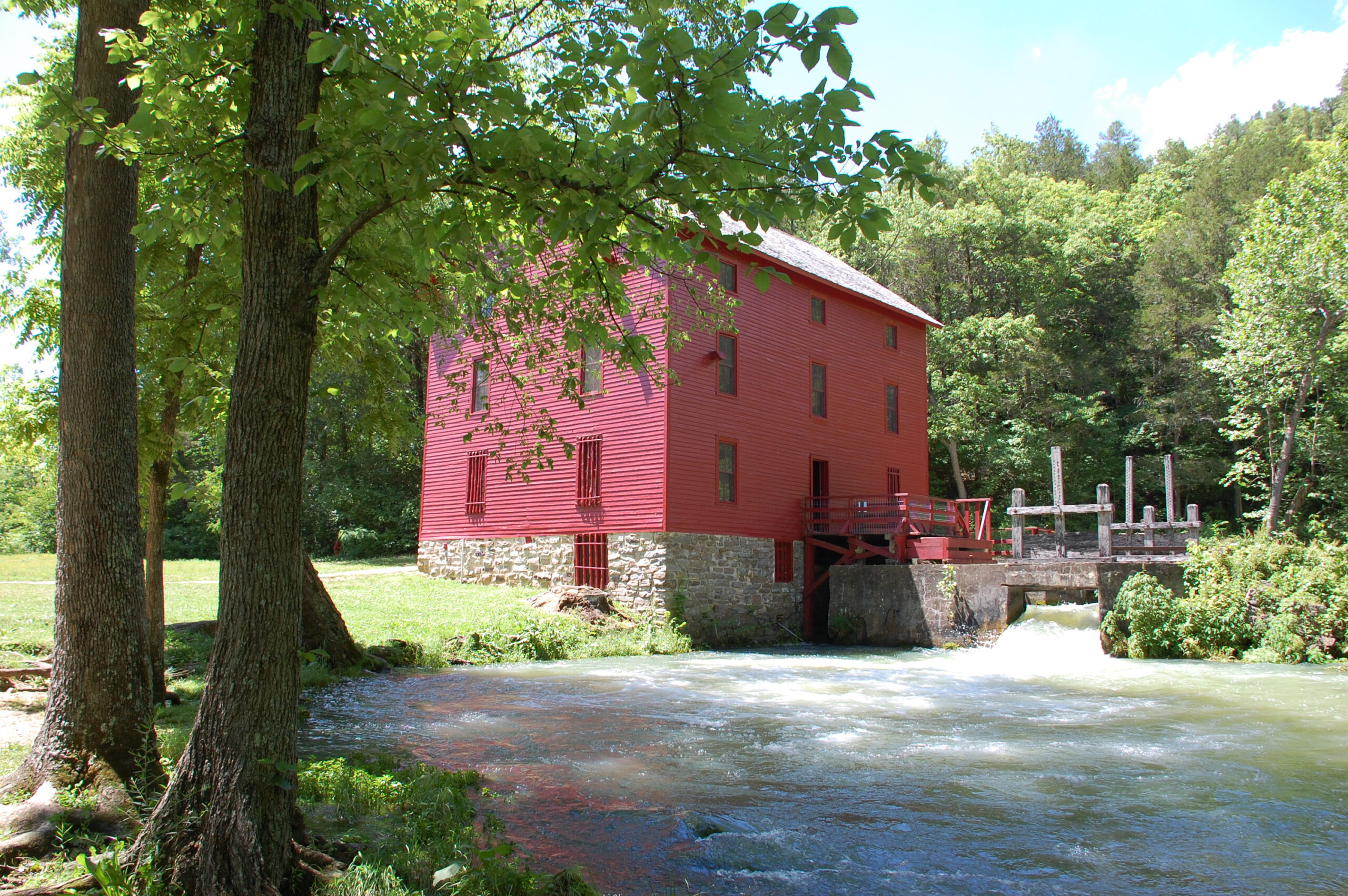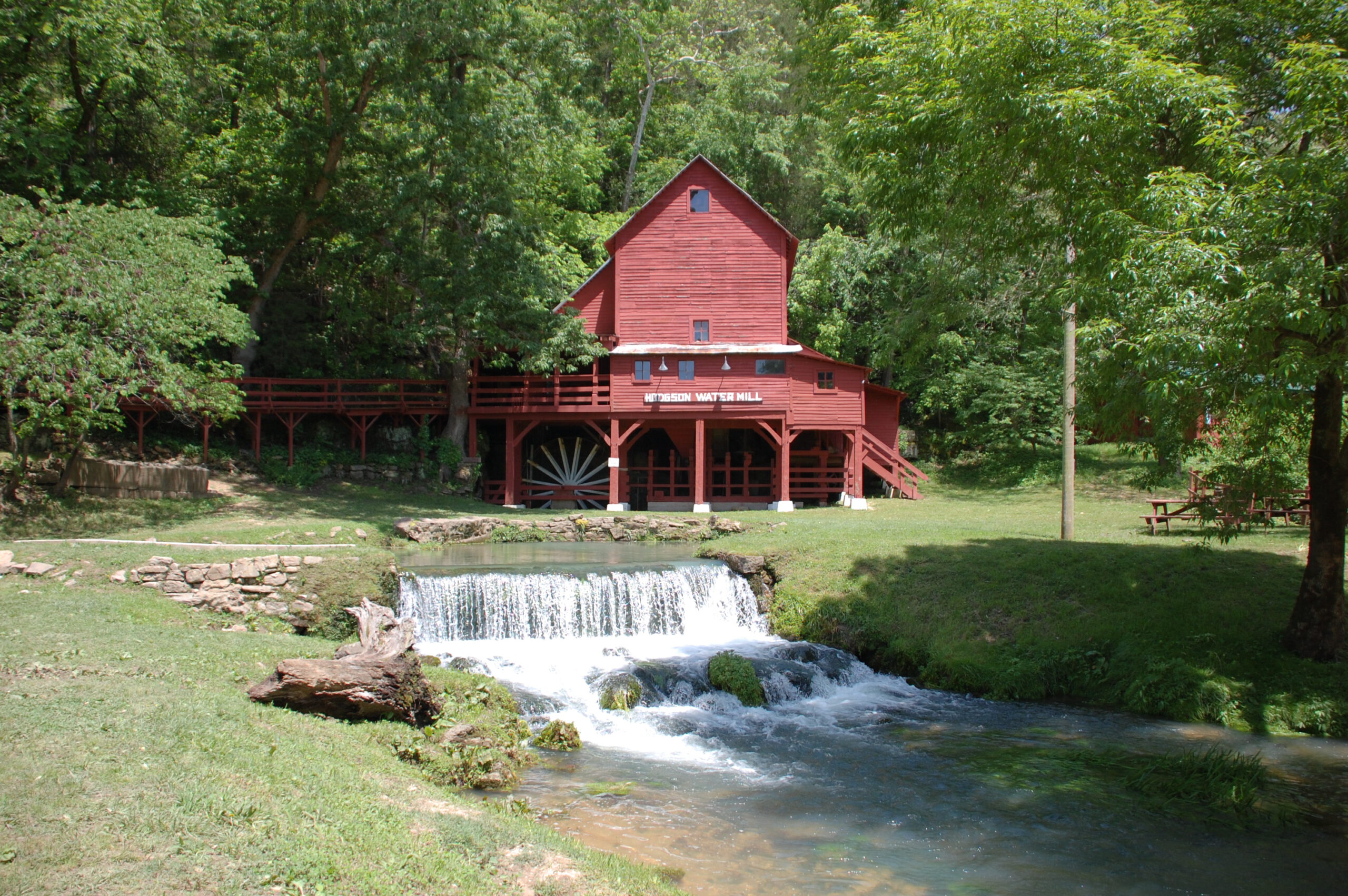TRADEMARKS – The term “trademark” is used one way which means a mark that brands goods (products) and not services and proof of use is usually shown by labels, and not advertising. But also, the term ‘trademark’ is used another way as an umbrella term for not only trademarks but also perhaps service marks, collective marks and certification marks (eg., the U.S. Patent & Trademark Office).
The image and name of that mill above are the subject of a U.S. Trademark Registration, No. 5,630,840 of the mark “PREMIUM QUALITY SINCE 1882 HODGSON MILL (and image)” for use in connection with flour and baking mixes.
Note that the Registration covers a composite of several phrases as well as an image. Registrations could alternatively be obtained on the phrases or images apart from one another.
Trademarks and Service Marks
protect brand names, phrases and/or symbols distinctive of a single source of the branded goods or services. I have obtained more than one registration on product configuration. An example is U.S. Trademark Registration No. 3,730,242 showing the product configuration of a balance board, for use in connection with balance boards (in fact, that balance board).
Unlike patents, trademarks rights can be acquired in unregistered marks, and these are called common law trademark rights. But the scope of common law rights is a mystery until there is a lawsuit. Understandably, federal registrations obtained from the U.S. Patent & Trademark Office are popular just for the simple reason that they eliminate much of that mystery.
Like patents, there is an application process, and the application is examined by an Examining Attorney. In this office, a trade/service mark project begins with research into the availability of the subject mark for use, and/or, registration in the U.S. Patent & Trademark Office.
The application for the trade/service mark must contain an identification of the goods or services which are being applied for. Among other things, this allows the examining attorney to do a conflicts check. In this office, we spend time with clients weighing the value of entering a sparse description. There are two ways of thinking about land. If you have a cow pasture (I don’t), you would probably like to encircle it to the very perimeter with a fence. That is the typical mindset for a patent project. You want to encompass with your patent claims as much breadth (territory) as possible.
I feel the opposite about trade and service marks. I liken this to the mindset of group of deer hunters making a camp in a National Forest. (I’ve never done it, but you can imagine along with me the mindset.) They know where their campfire is, but the actual perimeter of their hunting territory is a vague concept. Maybe they will fan out in all directions, maybe not.
In order to complete formal requirements, examples of use of the mark have to be submitted. Unlike domain name registrations, there is requirement that you “use” the mark in commerce, and show that use to the satisfaction of the U.S. Patent & Trademark Office. Indeed, you have to check-in with the U.S. Patent & Trademark Office before the sixth anniversary, the tenth anniversary, and every decennial anniversary after that to show continued use, or lose parts or all of your registration. We keep that calendar for clients.

Alley Mill and Spring, Ozark National Scenic Riverways (Missouri)
Let’s go back to the examination process. The examining attorney not only examines for potential conflicts, the examining further makes an evaluation of where the mark falls on a “spectrum of distinctiveness.” We need only be concerned with the lowest two rungs: “generic” and “merely descriptive.” Everything else is higher on the spectrum of distinctiveness, and all is good for those marks.
Generic terms (eg., “BICYCLE” for bicycles) are un-registrable because the policy is, there is a greater need for competitors and the public to have unimpeded use of generic terms in contrast to any one party’s attempt to make private property out of the term.
If the examining attorney determines that a mark is “merely descriptive” (eg., “CREAMY” for yoghurt) then the mark is not registrable on the “Principal Register” unless it acquires distinctiveness, generally through extensive use in commerce over a five-year period or longer. So the U.S. Patent & Trademark Office provides the following accommodation. It maintains not only a “Principal Register” for those Registrations permitted to go there, but also a “Supplemental Register” for where registrations of merely descriptive marks can go to wait out the five-year period. We calendar that too, and notify clients when it is time to consider filing for a registration on the “Principal Register.”
I’ve owned three registrations myself (including that balance board one mentioned above), and two were on the Supplemental Register. So if it’s good enough for me, it’s good enough for … but wait. Registrations on the Supplemental Register have a major drawback when it comes to online brand registries. These online brand registries typically require proof of U.S. Registration for certain benefits (which a lot of my online clients want). But the online brand registries will only accept registrations on the Principal Register.
However, for the time being, online brand registries are accepting registrations on the Principal Register which both contain the “merely descriptive” terminology that is also disclaimed “apart from the mark as shown.” The difference between (1) an application with “merely descriptive” terminology that has to go to the Supplemental Register and (2) one that is permitted to go to the Principal Register, is in the phrase “mark as shown.” We combine the “merely descriptive” terminology with artwork. So in essence, the registration covers the artwork only. Nevertheless, the online brand registries accept these registrations.
Relative to patent applications, trade/service mark applications sail through the U.S. Patent & Trademark Office at a breezy clip. Total elapsed time between application and issuance of registration can be within six months. Nine to fifteen months is more typical. Much longer times are possible too but rarer, and that usually occurs when clients have me file several successive extensions of time before filing the ultimate (and required) allegation of use. Please fee welcome to call for more information.
